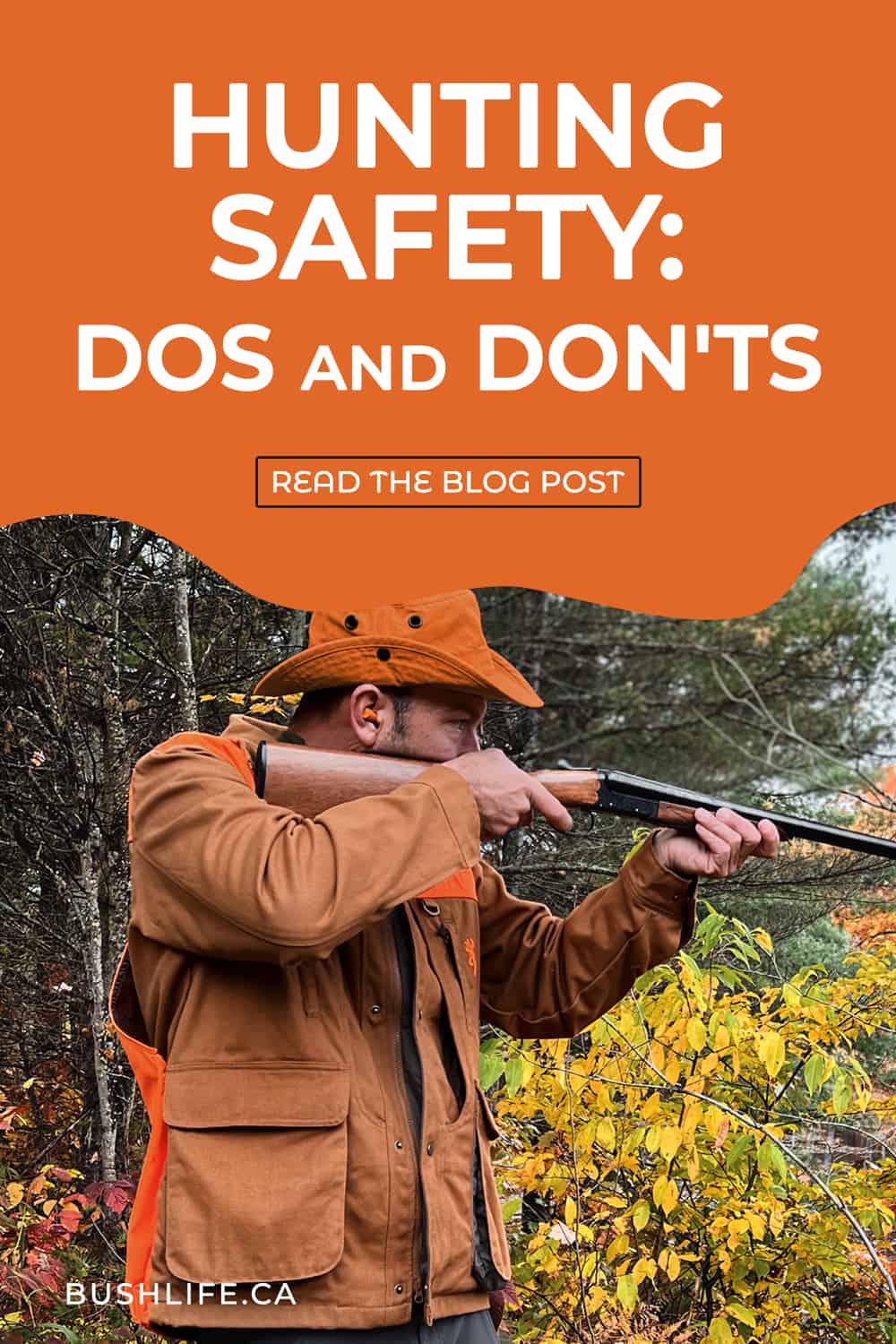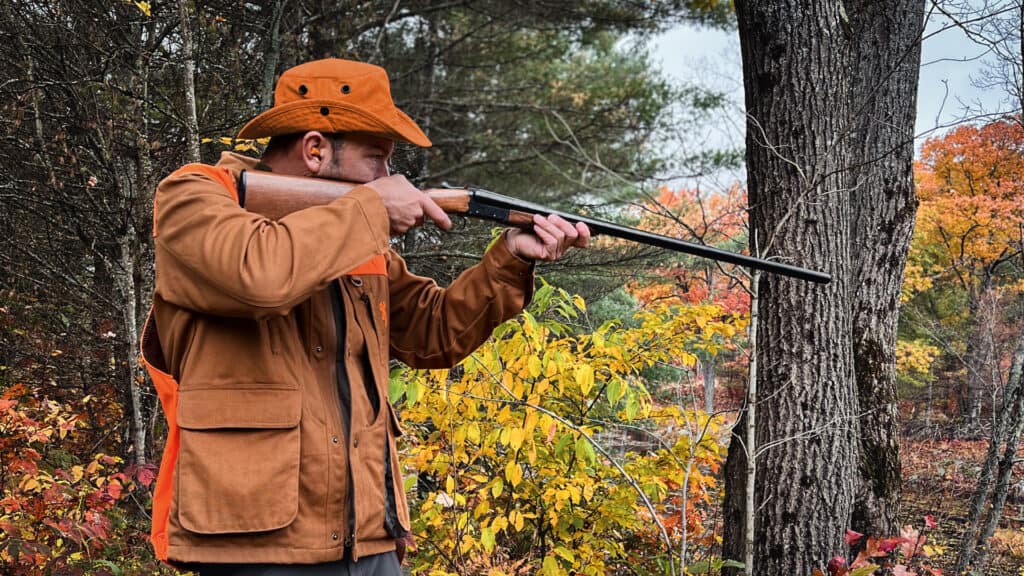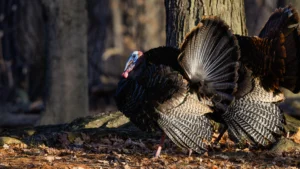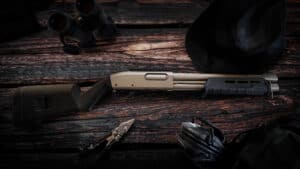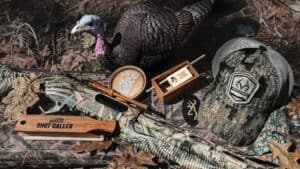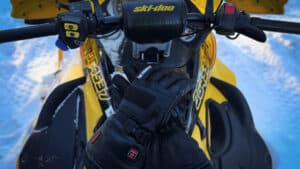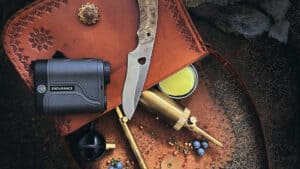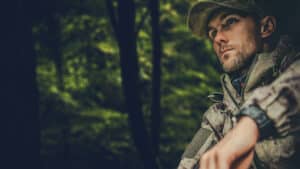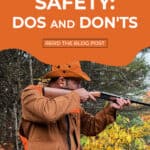Hunting can be an exciting and rewarding outdoor activity, but it is crucial to practice hunting safely at all times. Whether you are a novice hunter preparing for your first hunt or an experienced hunter brushing up on your skills, learning and following the dos and don’ts of hunting safety is essential. This blog post will focus on the most imperative safety hunting tips for a safe and successful hunting trip.
Discloure: Posts may contain affiliate links. Purchases made through our links result in a small commission to us at no charge to you. We only recommend products that meet our brand standards based on testing and first hand use by our authors.
Wearing Proper Hunting Attire
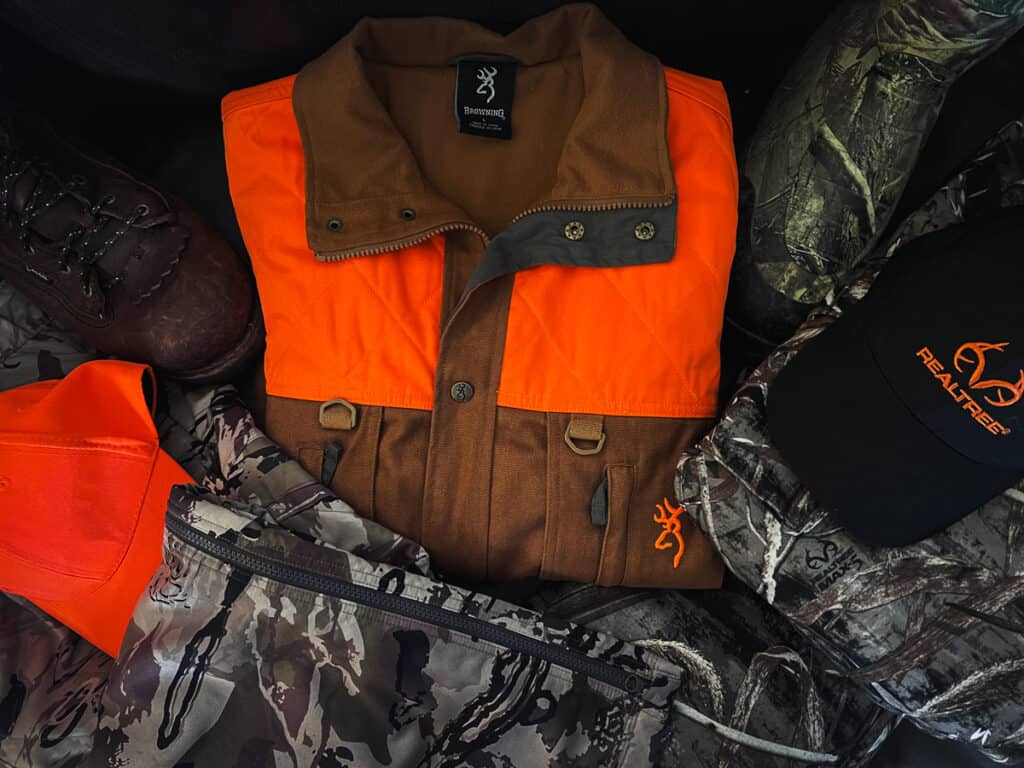
Whatever the hunt, proper hunting gear and clothing will bring you that much closer to success. Let us start with your clothing – what should I wear? You can pretty much wear whatever you want as long as it is comfortable, breathable and will keep you warm and dry, but before you go and put on your choice of clothing, consider what you are hunting.
For example, when hunting for turkey, do not wear blue, white, red, or black clothing. These colours will mistake you for a gobbler, and the potential outcome can be fatal. When it comes to deer, they can easily spot yellow or shades of blue, making your hunt that much more challenging. Opt for wearing vivid colours, like green, orange and red, which deer can not see.
For many hunters, wearing camouflage makes it easier to avoid wearing the wrong colour. The camo colours and patterns help you blend in with your surroundings, allowing your prey to come in closer.
Is it Necessary for You to Wear Camouflage?
No. For as long as humans have been hunting, they have worn whatever they had and, over time, whatever made them comfortable. Comfort here is the key! Human nature is to fidget when things are not quite sitting well. I have personally witnessed hunters wearing pyjama pants, and they had many successful hunts. That goes to show you that camo is not necessary, but it does look nice! If you haven’t scored some camo yet, consider the surrounding colours of the area (greens, browns, etc.) and try to choose colours that help you blend in.
RELATED: Waterfowl Hunting Gear: A Good Outfit Gets Birds!
Garment Legalities
Now for some legalities. These regulations may differ in your province or state. According to the Ontario regulations, “All licensed hunters, including bow hunters, falconers, bear hunters and trappers who are hunting under their trapping licence during a gun season for deer, elk or moose, are required to wear hunter orange. In addition, all licensed bear hunters hunting during the open season for black bear, which is not a gun season for deer, elk or moose, are required to wear hunter orange except when in a tree stand”.
Why Hunter Orange for Hunting Safety?
Nothing in nature matches orange, therefore allowing other hunters to spot you from a considerable distance. How much of the colour orange do you have to wear? According to Ontario regulations, you must wear a hunter-orange hat and garment. The hunter-orange garment must cover a minimum of 400 square inches above the waist and be visible from all sides.
Don’t just follow these rules for the law!!! For example, you will spot a hunter from a mile away when they wear hunter orange on a dark December day. That same hunter you may never see even from close range if they are wearing camo. Hunting accidents are rare, and the average hunter knows that and should be proud of it – but on that same token, there is no room for error or lax safety steps. It ONLY takes one accident to be DEADLY, so please just wear your hunter orange!
Hunting Safety Gear Tips
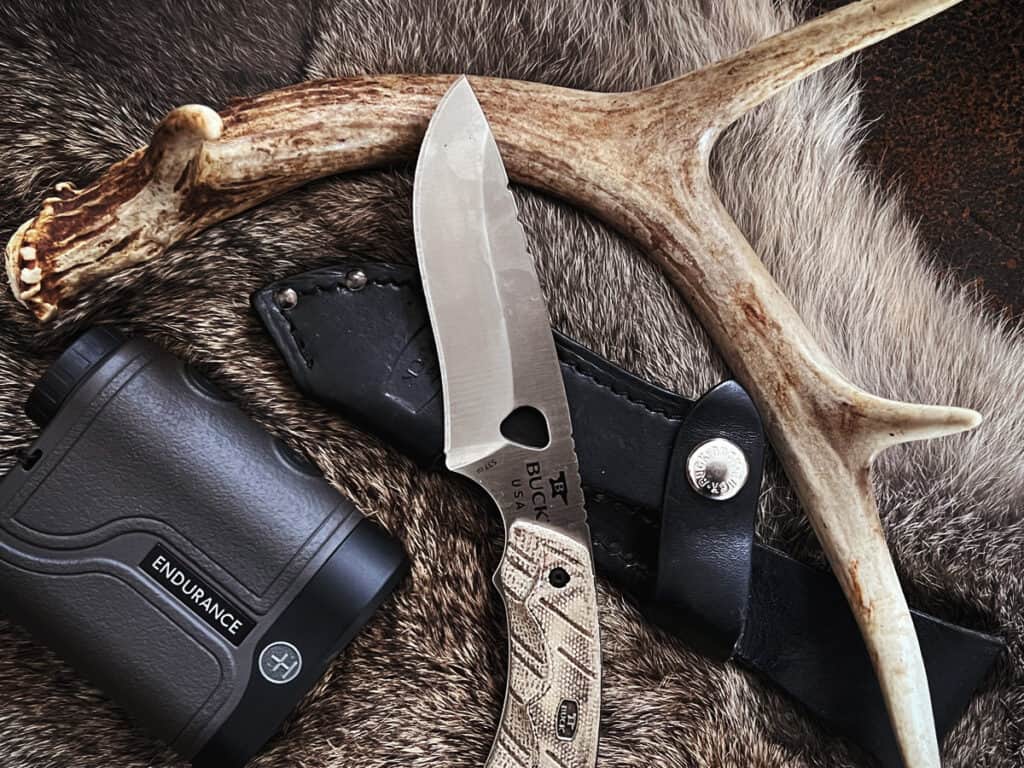
We assume that you already have your hunting course completed and your hunting license in your hand. Make sure you have your hunting tags purchased before the hunt. To hunt moose, deer or elk, you must go through an allocation process and be successful. Once you have your game license and a valid tag, you can proceed with the hunt when the season opens. Before you do, let us look at the dos and don’ts of hunting safety gear tips.
Boots
DO:
For cold-weather hunting, I use the Irish Setters Elk Tracker 860. These waterproof leather boots are very well insulated, keeping my feet warm. Not to mention, the Irish Setters have ScentBan technology incorporated into them. So far, I have not had any issues with these boots.
For those warmer-weather hunts, I use the Irish Setter Waterproof Pull-On boot. This 17″ tall rubber boot is insulated and also has ScentBan technology. Making it the perfect boot for that springtime or early fall hunt.
DON’T:
Rifle
DO:
DON’T:
RELATED: Rifle Cleaning: Time Tested Techniques to Preserve Your Guns
Backpack
DO:
DON’T:
Range Finder
DO:
DON’T:
Knife
DO:
RELATED: Morakniv Garberg Carbon: What Makes Bushcraft Knives So Special?
Scent Repellant
DO:
DON’T:
Other Hunting Safety Gear to Bring with You
DO:
DON’T:
Safely Moving While Hunting
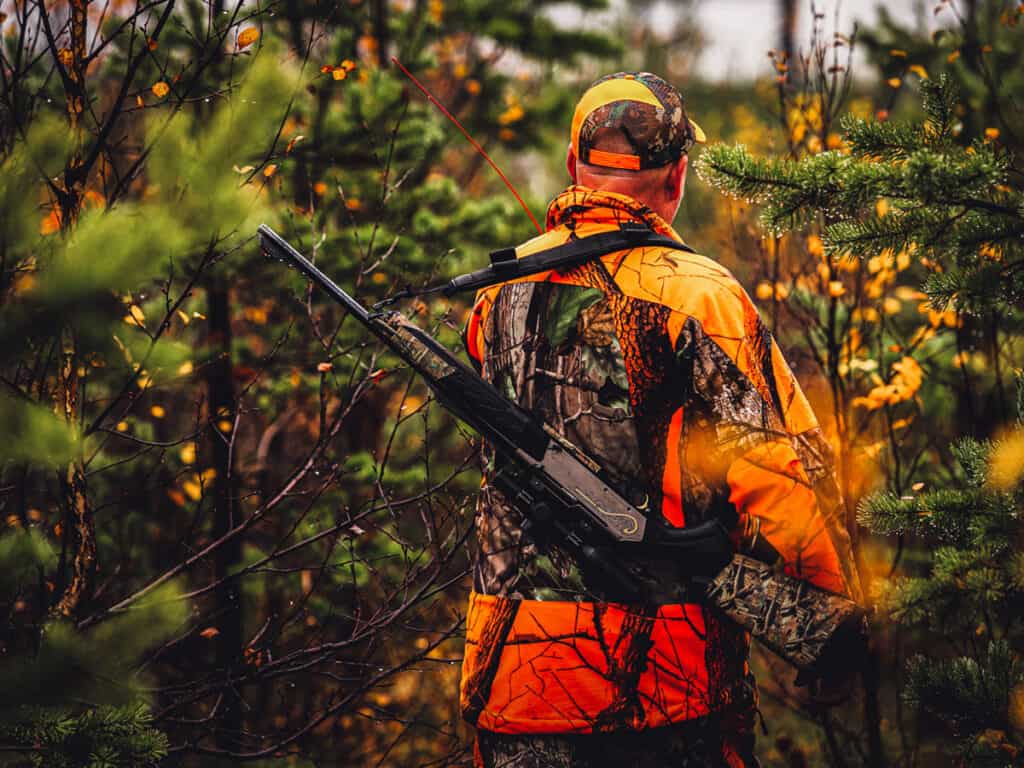
DO:
Knowing Your Hunting Area
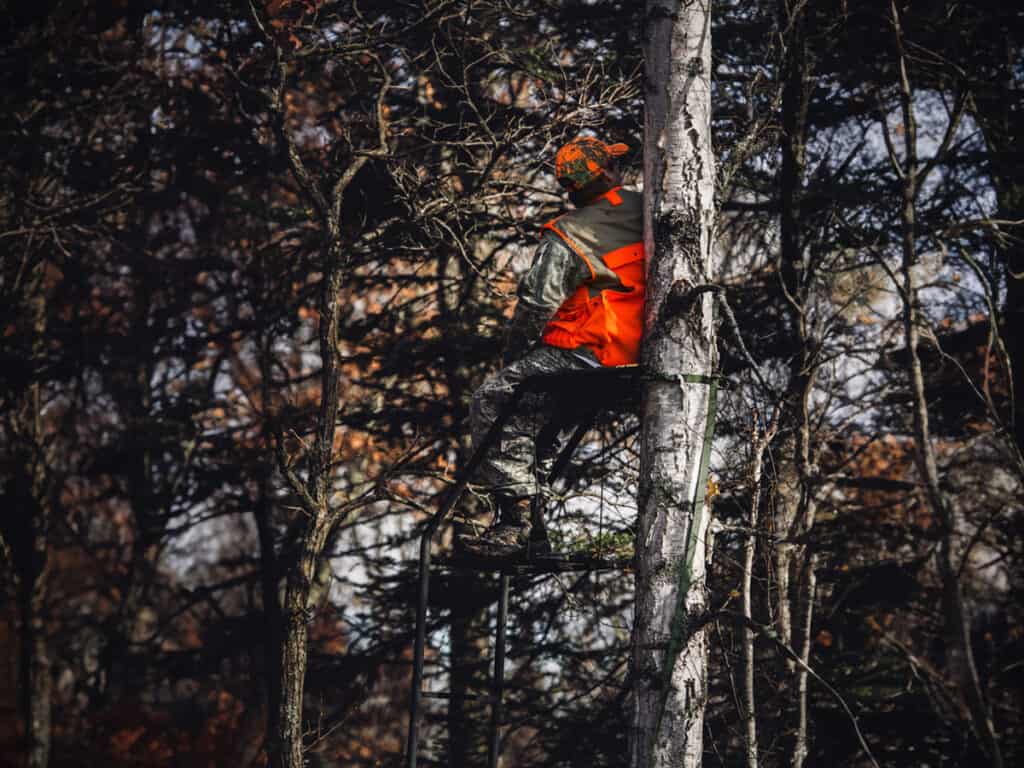
DO:
DON’T:
Respect for Other Hunters and Animals
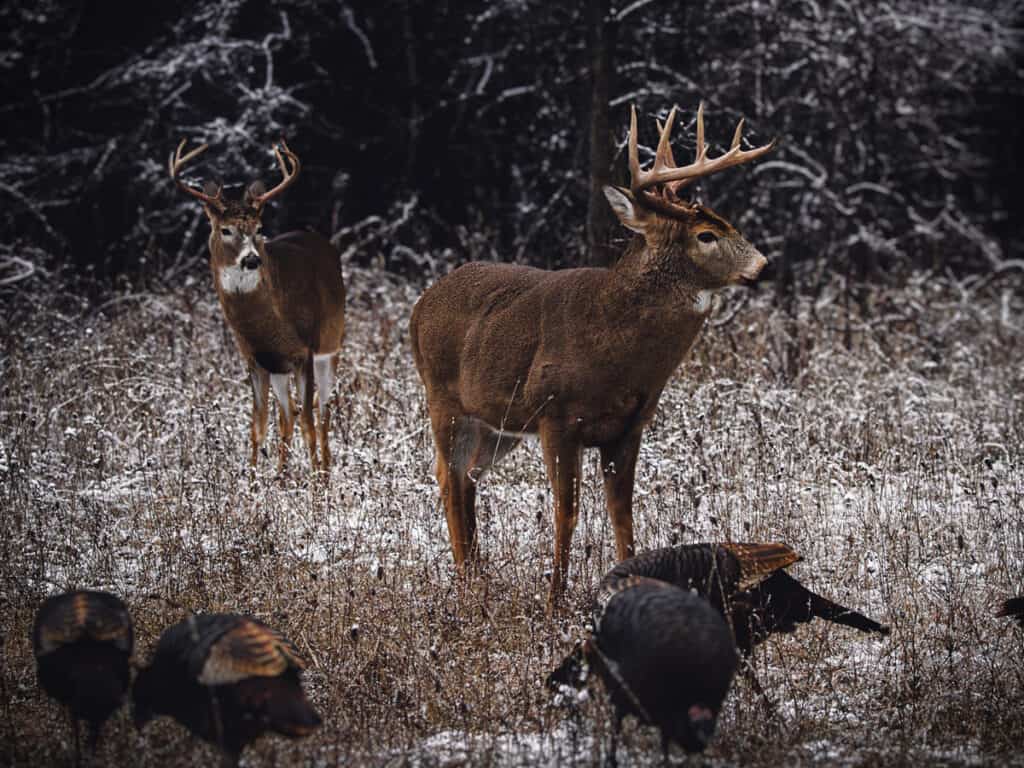
DO:
DON’T:
RELATED: Hunting Emotions: Surprising New Ways of Coping With A Harvest
Keeping Firearms and Ammunition Secure
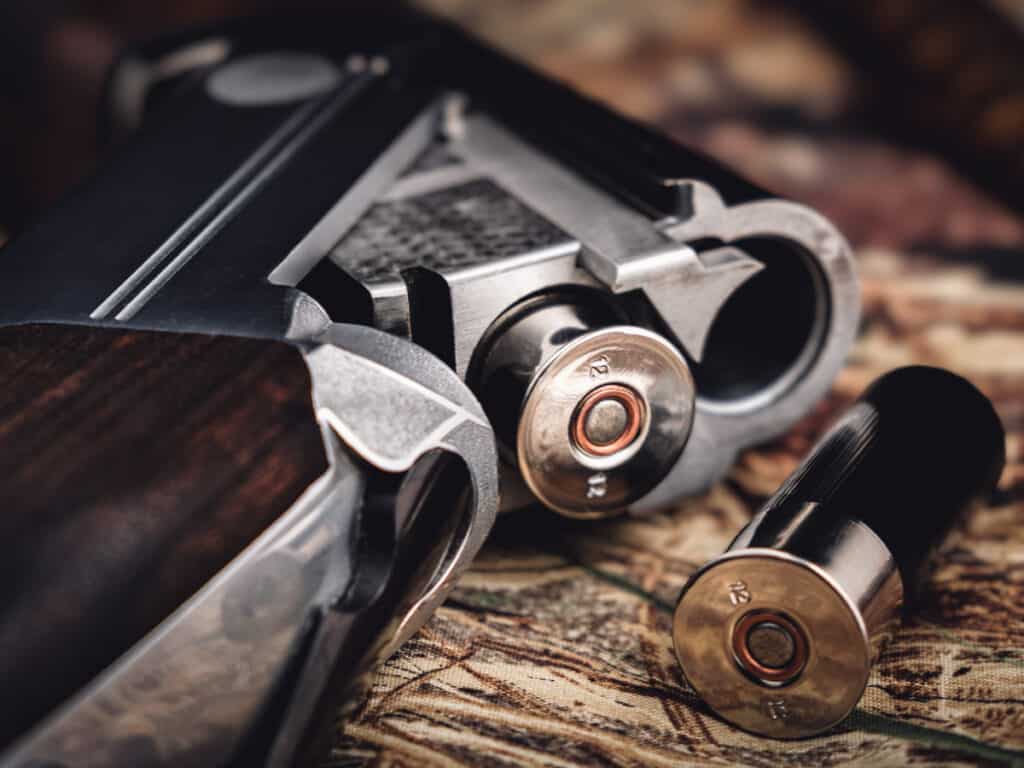
DO:
DON’T:
RELATED: Hunting – Removing the Myths: Let’s Get Some Facts Right!
A Final Thought on Hunting Safety
Hunting safety is about more than just carrying the appropriate gear. It is about being conscious of your surroundings and using your best judgment when deciding whether or not to take that shot. It is about having the right attitude and respect for other hunters and the environment, which allows hunting to be continued by many who rely on it.
Following the dos and don’ts of hunting safety will bring you closer to a more rewarding and safe hunt. Lastly, don’t forget to perfect your aim with continuous target practice or trap shooting during the off-season. Remember to handle your firearms safely and keep abreast of the local laws and regulations for the hunting area!
If you have a hunting safety tip that I missed, please let me know in the comment section below.
Bookmark this post on Pinterest for future reference!
